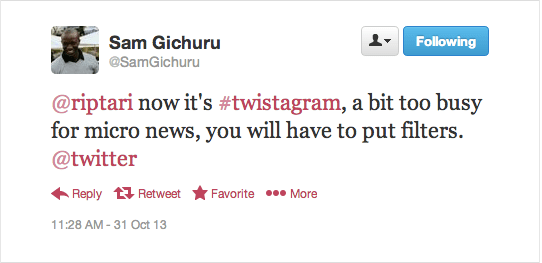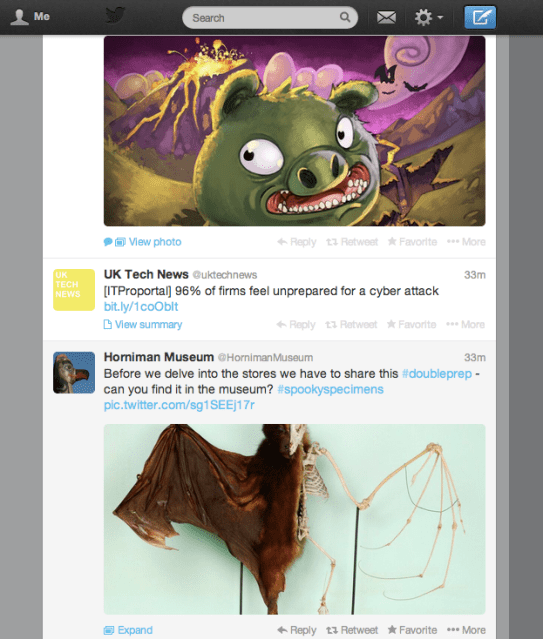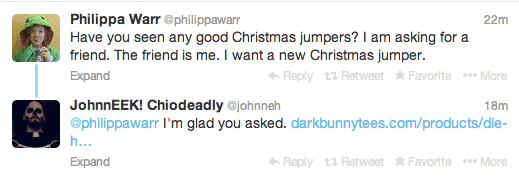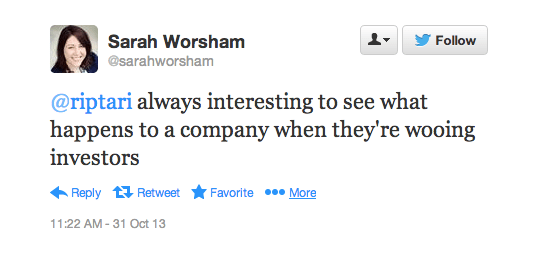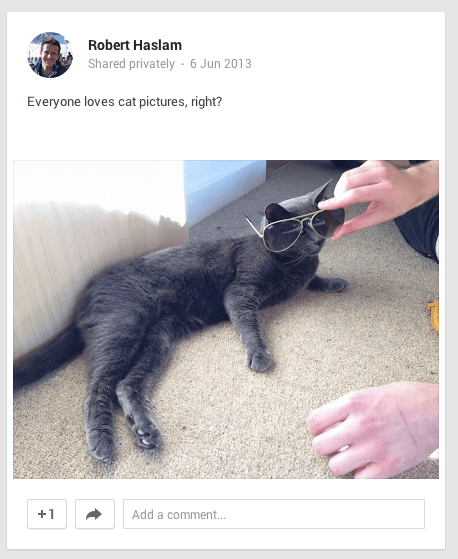PUBLIC RELEASE DATE: 31-Oct-2013
[
]
Contact: Leslie Shepherd
shepherdl@smh.ca
416-864-6094
St. Michael's Hospital
Author says it's important for public health officials to speak to populations that will be affected by a public health policy or program
TORONTO, Oct. 29, 2013--Despite the best intentions of those working in public health, some policies and practices inadvertently further disadvantage marginalized populations, according to a commentary by a researcher at St. Michael's Hospital.
Dr. Diego S. Silva, a scientist in the hospital's Centre for Research on Inner City Health, said there's an emphasis toward social justice in public health, particularly when it comes to people who are marginalized, disadvantaged or vulnerable.
"For example, despite evidence suggesting that people who are homeless are at greater risk of being infected with influenza and suffer greater morbidity than the general population, many pandemic influenza plans provide impracticable advice or otherwise fail to address their specific needs," said Dr. Silva.
The commentary appears online today in the Canadian Journal of Public Health.
In the commentary, Dr. Silva and his colleagues refer to two public health policies case studies that "are intentionally problematic and don't have an easy solution."
In one example, a public health advisory issued by the State Department of Health in Indiana suggests that people who are homeless should be dissuaded from using shelters during flu outbreaks and should instead be treated on the street.
However, "given the cold winters of Indiana, it seems untenable that persons who use shelters will be able to, or ought to, stay away from them without placing themselves in danger of other perils, such as freezing to death," Dr. Silva said.
Dr. Silva said that while it is good advice to urge people to stay home when they are sick, the policy can take on different meanings for various populations.
"What does it mean to 'stay home' if you're homeless?" said Dr. Silva, who has a PhD in public health.
In the second case study, some mental health centres maintain indoor smoking bans on the grounds they reduce the harm associated with second-hand smoke. However, some studies suggest that smoking may have neurological and social benefits for people with schizophrenia.
"Thus even seemingly uncontroversial and commonplace public health programs, like those of tobacco cessation, may have the effect of disproportionately disadvantaging those who are already disadvantaged," he said.
According to Dr. Silva, a greater emphasis on teaching ethics and the philosophy of science is also needed in graduate schools or departments of public health.
Dr. Silva said there needs to be a greater emphasis on teaching ethics and the philosophy of science in graduate schools or departments of public health. He said those in public health schools need to ask more question about ethics and look at what they use as evidence when they make public health policies.
"This is particularly important when thinking about and questioning what constitutes the good and the right in public health, and may help guard against simplistic applications of ethics theories or principles (whether utilitarian or others)," he said.
Dr. Silva said it is important for public health officials to speak to the actual populations that will be affected by a public health policy or program.
"In the public health community, we are intimately aware of people who are marginalized," said Dr. Silva. "The more that we are explicit about the values of public health and its intentions, the more that we will create policies and programs that will better serve marginalized populations."
###
About St. Michael's Hospital
St Michael's Hospital provides compassionate care to all who enter its doors. The hospital also provides outstanding medical education to future health care professionals in 27 academic disciplines. Critical care and trauma, heart disease, neurosurgery, diabetes, cancer care, care of the homeless and global health are among the Hospital's recognized areas of expertise. Through the Keenan Research Centre and the Li Ka Shing International Healthcare Education Centre, which make up the Li Ka Shing Knowledge Institute, research and education at St. Michael's Hospital are recognized and make an impact around the world. Founded in 1892, the hospital is fully affiliated with the University of Toronto.
Media contact:
For more information or to interview Dr. Silva, contact:
Leslie Shepherd
Manager, Media Strategy,
Phone: 416-864-6094
shepherdl@smh.ca
St. Michael's Hospital
Inspired Care. Inspiring Science.
http://www.stmichaelshospital.com
Follow us on Twitter: http://www.twitter.com/stmikeshospital
[
]
AAAS and EurekAlert! are not responsible for the accuracy of news releases posted to EurekAlert! by contributing institutions or for the use of any information through the EurekAlert! system.
PUBLIC RELEASE DATE: 31-Oct-2013
[
]
Contact: Leslie Shepherd
shepherdl@smh.ca
416-864-6094
St. Michael's Hospital
Author says it's important for public health officials to speak to populations that will be affected by a public health policy or program
TORONTO, Oct. 29, 2013--Despite the best intentions of those working in public health, some policies and practices inadvertently further disadvantage marginalized populations, according to a commentary by a researcher at St. Michael's Hospital.
Dr. Diego S. Silva, a scientist in the hospital's Centre for Research on Inner City Health, said there's an emphasis toward social justice in public health, particularly when it comes to people who are marginalized, disadvantaged or vulnerable.
"For example, despite evidence suggesting that people who are homeless are at greater risk of being infected with influenza and suffer greater morbidity than the general population, many pandemic influenza plans provide impracticable advice or otherwise fail to address their specific needs," said Dr. Silva.
The commentary appears online today in the Canadian Journal of Public Health.
In the commentary, Dr. Silva and his colleagues refer to two public health policies case studies that "are intentionally problematic and don't have an easy solution."
In one example, a public health advisory issued by the State Department of Health in Indiana suggests that people who are homeless should be dissuaded from using shelters during flu outbreaks and should instead be treated on the street.
However, "given the cold winters of Indiana, it seems untenable that persons who use shelters will be able to, or ought to, stay away from them without placing themselves in danger of other perils, such as freezing to death," Dr. Silva said.
Dr. Silva said that while it is good advice to urge people to stay home when they are sick, the policy can take on different meanings for various populations.
"What does it mean to 'stay home' if you're homeless?" said Dr. Silva, who has a PhD in public health.
In the second case study, some mental health centres maintain indoor smoking bans on the grounds they reduce the harm associated with second-hand smoke. However, some studies suggest that smoking may have neurological and social benefits for people with schizophrenia.
"Thus even seemingly uncontroversial and commonplace public health programs, like those of tobacco cessation, may have the effect of disproportionately disadvantaging those who are already disadvantaged," he said.
According to Dr. Silva, a greater emphasis on teaching ethics and the philosophy of science is also needed in graduate schools or departments of public health.
Dr. Silva said there needs to be a greater emphasis on teaching ethics and the philosophy of science in graduate schools or departments of public health. He said those in public health schools need to ask more question about ethics and look at what they use as evidence when they make public health policies.
"This is particularly important when thinking about and questioning what constitutes the good and the right in public health, and may help guard against simplistic applications of ethics theories or principles (whether utilitarian or others)," he said.
Dr. Silva said it is important for public health officials to speak to the actual populations that will be affected by a public health policy or program.
"In the public health community, we are intimately aware of people who are marginalized," said Dr. Silva. "The more that we are explicit about the values of public health and its intentions, the more that we will create policies and programs that will better serve marginalized populations."
###
About St. Michael's Hospital
St Michael's Hospital provides compassionate care to all who enter its doors. The hospital also provides outstanding medical education to future health care professionals in 27 academic disciplines. Critical care and trauma, heart disease, neurosurgery, diabetes, cancer care, care of the homeless and global health are among the Hospital's recognized areas of expertise. Through the Keenan Research Centre and the Li Ka Shing International Healthcare Education Centre, which make up the Li Ka Shing Knowledge Institute, research and education at St. Michael's Hospital are recognized and make an impact around the world. Founded in 1892, the hospital is fully affiliated with the University of Toronto.
Media contact:
For more information or to interview Dr. Silva, contact:
Leslie Shepherd
Manager, Media Strategy,
Phone: 416-864-6094
shepherdl@smh.ca
St. Michael's Hospital
Inspired Care. Inspiring Science.
http://www.stmichaelshospital.com
Follow us on Twitter: http://www.twitter.com/stmikeshospital
[
]
AAAS and EurekAlert! are not responsible for the accuracy of news releases posted to EurekAlert! by contributing institutions or for the use of any information through the EurekAlert! system.
Source: http://www.eurekalert.org/pub_releases/2013-10/smh-php103013.php
Related Topics: dracula bart Baby Hope Eiza Gonzalez Fantastic Beasts and Where to Find Them
 It's about time. The Google-backed and LG-manufactured Nexus 5 is now really a reality, after countless rumors and leaks (a few of them coming from Google itself). The new device, which predictably boasts the latest and greatest version of Android known as KitKat (or 4.4, if you're so inclined), ...
It's about time. The Google-backed and LG-manufactured Nexus 5 is now really a reality, after countless rumors and leaks (a few of them coming from Google itself). The new device, which predictably boasts the latest and greatest version of Android known as KitKat (or 4.4, if you're so inclined), ...






